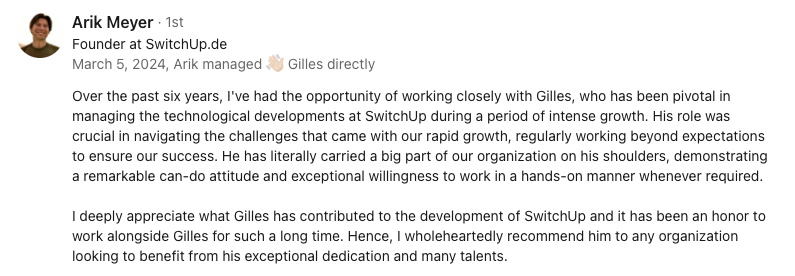Abstract:
Java quantum computing has emerged as a revolutionary force in technology, offering exponential growth in processing power through the use of quantum bits (qubits). Frameworks like qHiPSTER and QuaFL enable the creation and execution of quantum algorithms in Java. Integrating quantum algorithms into Java applications opens up opportunities for solving complex problems in fields like optimization, cryptography, and machine learning. Quantum cryptography, or quantum-safe cryptography, leverages quantum mechanics to develop ultra-secure encryption techniques, essential for securing sensitive data. Leaders in technology roles, such as Directors of Technologies, Directors of Engineering, and CTOs, play pivotal roles in driving the adoption of quantum computing and quantum-secure cryptography within their organizations.
Unleashing Quantum Potential: Directing the Future of Technology with Java Quantum Computing and Quantum-Secure CryptographyJava Quantum Computing: A New Frontier in Technology
In the ever-evolving landscape of technology, Java quantum computing has emerged as a revolutionary force. While classical computers use bits (0s and 1s) to process information, quantum computers employ quantum bits, or qubits, to achieve exponential growth in processing power. Java quantum computing frameworks, such as qHiPSTER and QuaFL, empower developers to create and execute quantum algorithms, thereby harnessing the potential of this groundbreaking technology. As Director of Engineering, guiding a team to leverage these frameworks for problem-solving requires a deep understanding of the principles underlying quantum mechanics and the ability to foster an environment where innovation thrives.
Quantum Algorithms in Java: A Quantum Leap in Computing Power
Integrating quantum algorithms into Java applications opens up a wealth of opportunities for solving complex problems in various fields, including optimization, cryptography, and machine learning. Famous quantum algorithms like Shor's factoring algorithm and Grover's search algorithm can now be implemented in Java, thanks to the aforementioned frameworks. As a Director of Technologies, it is crucial to identify potential use cases for these algorithms and establish a roadmap for their integration into existing systems. By doing so, businesses can gain a competitive edge by harnessing the power of quantum computing to optimize operations and innovate products.
Quantum Cryptography Java: Securing the Future with Quantum-Safe Solutions
As computing power increases, traditional encryption methods are becoming increasingly vulnerable to attacks. Quantum cryptography, also known as quantum-safe cryptography, offers a solution to this problem by leveraging the principles of quantum mechanics to develop ultra-secure encryption techniques. Integrating quantum cryptography into Java applications ensures the long-term security of sensitive data. As a CTO, it is essential to prioritize the implementation of quantum-safe cryptographic methods to protect businesses from potential security threats and maintain trust among stakeholders.
Navigating the Quantum Revolution: The Roles of Directors of Technologies, Directors of Engineering, and CTOs
Directors of Technologies, Directors of Engineering, and CTOs play pivotal roles in driving the adoption of quantum computing and quantum-secure cryptography within their organizations. By fostering a culture of innovation and continuous learning, these leaders can empower their teams to stay ahead of the technological curve and harness the potential of quantum computing. Embracing this technology and its applications, such as quantum algorithms in Java and quantum cryptography Java, will ensure that businesses remain competitive and secure in the rapidly evolving world of technology.
You might be interested by these articles:
- Java's Impact on Tech Leadership Roles
- Unlocking Java's Potential in Modern Development
- Unlocking EU Market Success: A Startup's Guide to Compliance





